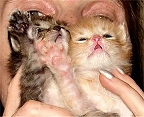Ringworm is not as the name suggests, a parasitic worm, but rather a fungal infection of the skin such as athletes foot in humans. More information at the end of the post. It's likely that she contracted the fungus while trying to nurse off her dead mother.
Thankfully this infection is treatable and certainly no death sentence. But it means that Laila is going to stay here for at least another month, probably longer, before I can put her up for adoption.
Until then the poor thing has to stay caged and kept away from other animals and people, because the fungus is contagious and not cheap to treat. I don't want to have to treat 2 Great Danes, a Lab, a Chihuahua and 3 adult cats.
And here's the story in pictures:
Laila 2 weeks ago with Doogle Duck, showing the first signs around her nose:
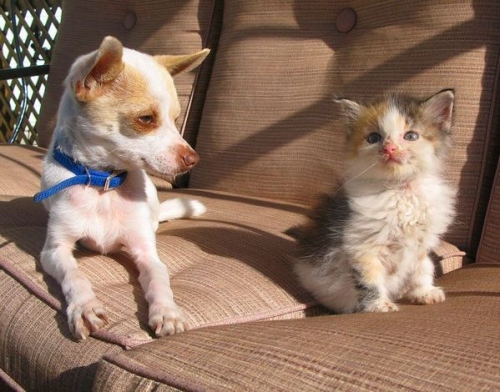
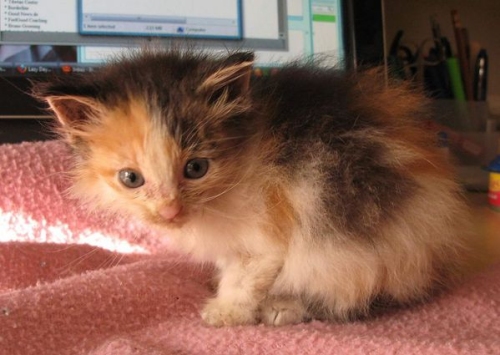
And these are from yesterday and today:
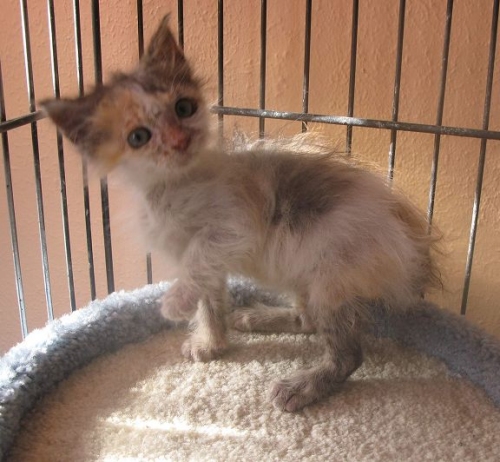
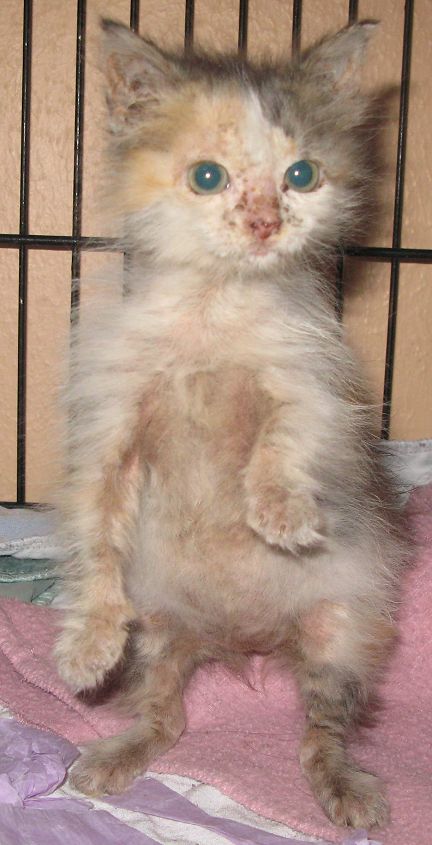
Here is more information about ringworm infection according to Wiki:
Ringworm is a fungal infection of the skin in humans and domestic animals such as sheep and cattle. Fungi are organisms that survive by eating plant or animal material. Those that cause parasitic infection (dermatophytes) feed on keratin, the material found in the outer layer of skin, hair, and nails. These fungi thrive best on skin that is warm and moist.
This condition has been prevalent since before 1906, at which time ringworm was treated with compounds of mercury. Hairy areas of skin were considered too difficult to treat, so the scalp was treated with x-rays and followed up with antiparasitic medication [1].
It is estimated that in current times, up to twenty percent of the population is infected by ringworm or one of the other dermatophytoses. It is especially common among people who play sports, wrestling in particular; wrestlers with ringworm may be disqualified. [2]
Misdiagnosis and treatment of ringworm with a topical steroid can result in tinea incognito, a condition where ringworm fungus will grow without typical features like a distinctive raised border.
Read rest of the article on Wiki here.

